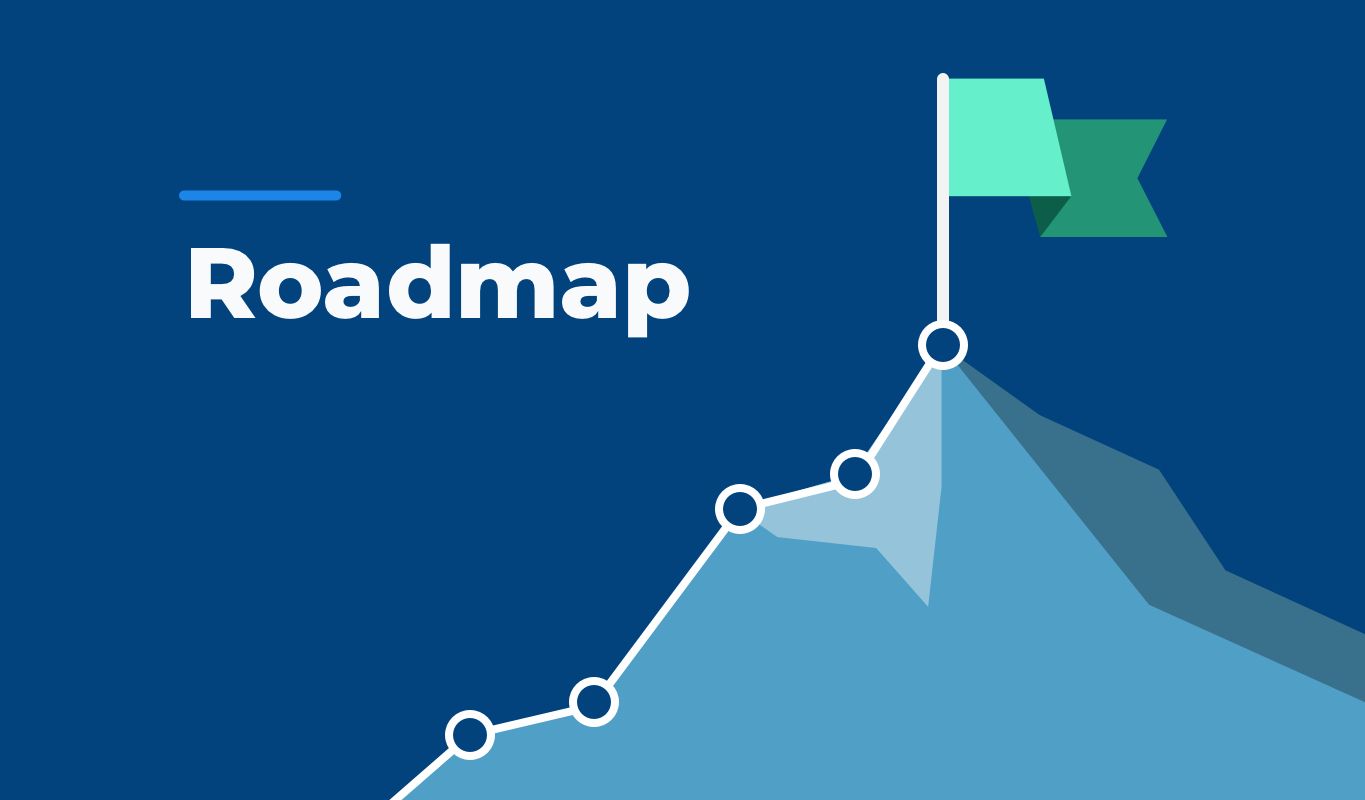After completing many major milestones in 2020, the Dock team is looking forward to another year of building innovative solutions, driving adoption, and engaging with our community.
Today we’re excited to share our updated roadmap for 2021, which aims to take further steps for removing inefficiencies and centralized control from the issuance and management of credentials. In addition to working toward this goal, we will continue our efforts to increase adoption of the Dock offerings through enhanced features and user experience.
Below are high-level descriptions of the upcoming milestones:
Smart Contract Deployment (Q1)
We are leveraging Parity’s frontier project to integrate Ethereum Virtual Machine (EVM) with the Dock mainnet. Once this task is completed, it will be possible to deploy smart contracts written in Solidity on Dock and interact with them using existing Ethereum libraries such as Web3. This will also enable us to integrate Dock with Chainlink and price our network services in USD (further discussed below). As part of the milestone, we will be sharing an example of deploying a Decentralized Autonomous Organization (DAO) on the Dock network as well.
Ledger Wallet Support (Q1)
The team has been hard at work to enable users to store the new Dock mainnet token on Ledger Nano S hardware wallet. At the time of writing, we have submitted a new app for DOCK support to the Ledger team and are waiting for the review process to be completed. We will keep the community posted on our progress and release detailed instructions once this milestone is completed.
Delegatable Credentials (Q1)
We are currently working on a feature that will enable credential issuers to delegate, to other entities, the ability to issue and revoke verifiable credentials. We expect this feature to serve many important use cases in which a central entity (e.g., government) allows other groups (e.g., private test centers) to manage verifiable credentials (e.g., professional license) on its behalf.
Chainlink Oracle Integration (Q1)
Dock is integrating Chainlink to our mainnet using its price feeds, so that the services on the network can be priced in USD. Read our earlier blog post to learn more.
Dock Token Migration Ends (Q1)
As mentioned in our earlier post, the Dock token migration will end at midnight (GMT) on March 31st, 2021, and all token holders must swap their ERC20 tokens to the new, native tokens before then.
Proof of Stake (Q2)
During the second quarter of 2021, we will further decentralize and democratize the Dock network governance by transitioning to a proof-of-stake consensus protocol and allowing token holders to vote on key decisions. More details are available here. This phase will also provide the community with one of our most requested features, staking.
Dock Server and Wallet (Q2)
We’ve received lots of valuable feedback from the community over the past year, and many users have requested that we provide a wallet with which they can easily store and manage Dock tokens and credentials. As a starting point for this effort, we will build the cloud version of the Dock wallet, run on the Dock server.
Dock App v0.1 (Q3)
In Q3 of 2021, we will deliver a cross-platform app that serves as the mobile version of the Dock wallet. The app will allow users to store Dock tokens, send and receive tokens, as well as present verifiable credentials from their devices. The first version of the app will be launched as a private alpha, and as discussed below, tested intensively before being evolved into a beta version.
Dock App v0.2 (Q4)
Once the first version of the app is completed, the team will invite a select group of community members to try it and provide feedback. We will then build a new iteration, version 0.2, based on the user feedback. We plan on performing extensive penetration testing on the app at this stage as well, and distributing the new version to a wider audience once completed.
Our team is looking forward to achieving these exciting milestones and continuing to grow Dock’s offerings. We will, as always, keep the community updated through our blog (to which you can subscribe below) and social media channels.

